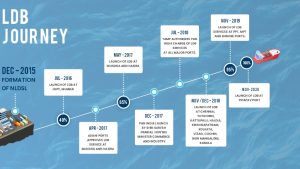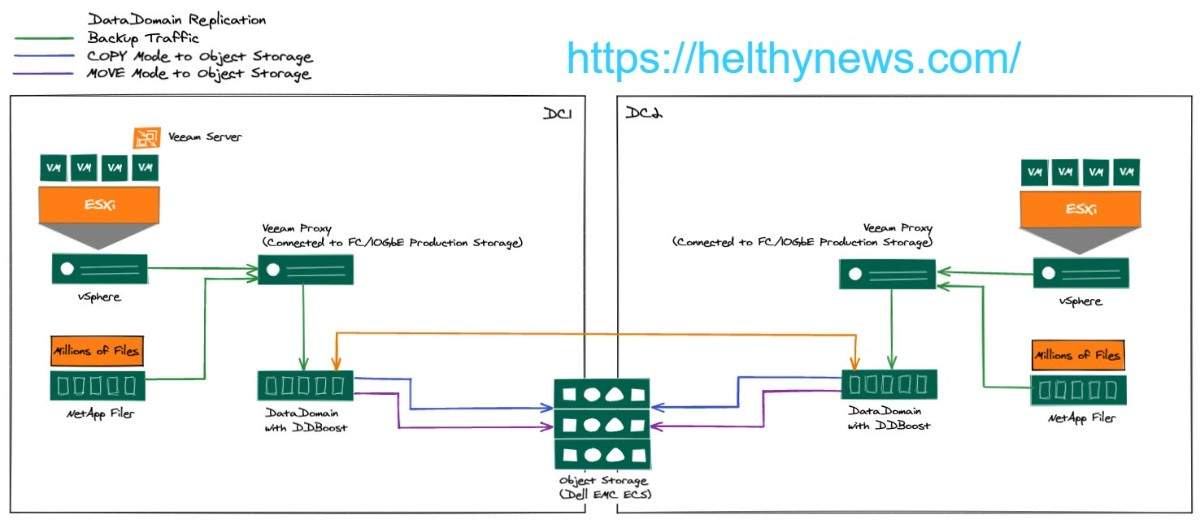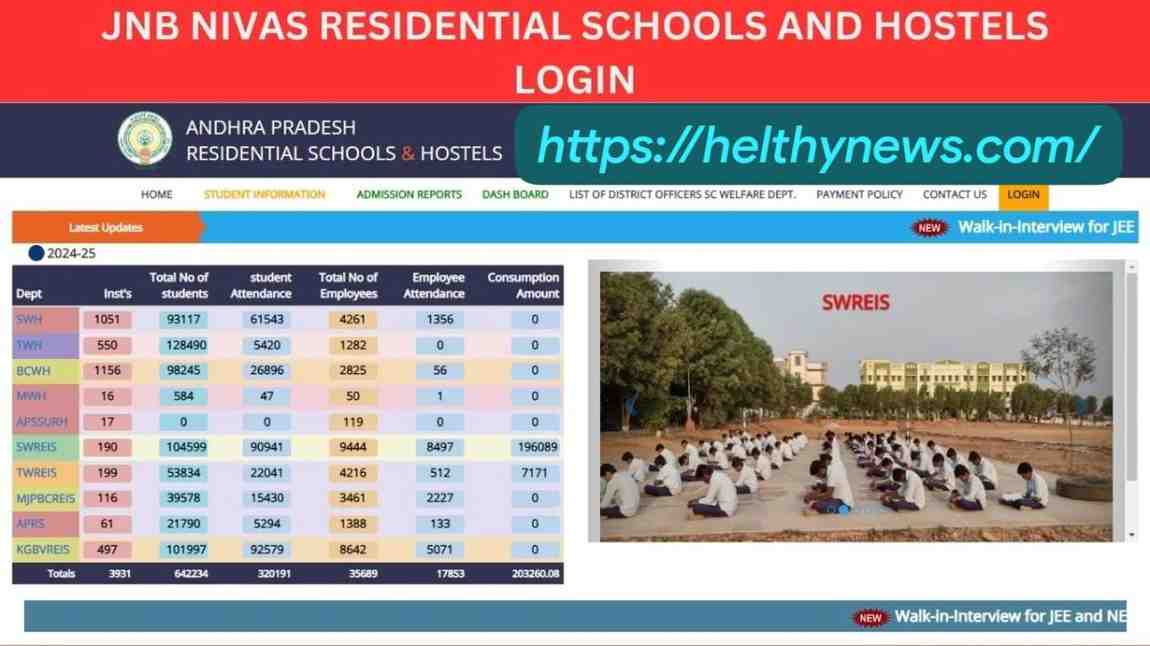
Tracking containers in the supply chain is significant for ensuring profitable coordinations and helpful movement. In today’s fast-paced world businesses depend on exact and real-time information to supervise their operations successfully. That’s where LDB container tracking comes into play. In this comprehensive guide, we’ll investigate everything you wish to know around LDB container tracking and how it can upset your logistics processes.
What is LDB Container Tracking?
LDB or Live Information Bank could be a state-of-the-art container tracking system that gives real-time upgrades on the area and status of holders. It leverages progressed innovation such as GPS and RFID to offer precise and up-to-date data around holder developments all through the supply chain. With LDB container tracking businesses can pick up important bits of knowledge improve operational productivity and progress client benefit.
Benefits of LDB Container Tracking
Implementing LDB container tracking can bring numerous benefits to businesses in the shipping and logistics industry. Here are some key advantages:
- Real-time Visibility: LDB container tracking provides real-time visibility into your container’s location enabling you to track its movement at any given moment. This visibility helps optimise routing predict delivery times and mitigate potential delays.
- Improved Operational Efficiency: With LDB container tracking businesses can streamline their operations by optimising routes reducing idle time and improving asset utilisation. This leads to cost savings and enhanced productivity.
- Enhanced Customer Service: By having get to to real-time container tracking information businesses can give clients with exact conveyance overhauls progressing straightforwardness and client fulfillment. Clients can track their shipments and arrange appropriately diminishing instability and upgrading the by and large encounter.
- Risk Mitigation: LDB container tracking allows businesses to recognize potential bottlenecks, delays or disturbances within the supply chain. This empowers proactive decision-making and compelling hazard administration limiting the affect of unanticipated occasions.
How Does LDB Container Tracking Work?
LDB container tracking utilises a combination of advances and information integration to supply exact and real-time data. Here’s an overview of how the method works:
- Container Tagging: Each container is equipped with a one of a kind identifier such as an RFID tag or GPS gadget. This tag transmits area and status information to a centralised framework.
- Data Transmission: The container’s tag continuously transmits data, including its GPS coordinates temperature, humidity levels, and other relevant information, to the LDB tracking system.
- Data Processing: The LDB tracking system receives and processes the data from the container tags applying algorithms to calculate the container’s location estimated time of arrival and other key metrics.
- Visualisation and Reporting: The processed data is then presented in a user-friendly interface, allowing businesses to visualise container movements on maps generate reports and extract valuable insights.
Implementing LDB Container Tracking
To implement LDB container tracking in your logistics operations consider the following steps:
- Select an LDB Provider: Research and choose a reliable LDB provider that offers the features and functionalities that align with your business requirements. Evaluate their track record customer reviews and pricing structure before making a decision.
- Hardware Installation: Work with your LDB provider to install the necessary hardware such as RFID tags or GPS devices on your containers. Ensure proper integration with your existing systems and processes.
- Data Integration: Integrate the LDB tracking system with your internal systems such as your transportation management software or enterprise resource planning (ERP) system. This allows for seamless data exchange and synchronisation.
- Training and Adoption: Train your staff on how to use the LDB tracking system effectively. Encourage adoption and provide ongoing support to ensure a smooth transition.
- Continuous Monitoring and Improvement: Routinely screen the execution of the LDB container tracking system and accumulate criticism from partners. Persistently advance your forms based on the experiences inferred from the tracking data.
Conclusion
LDB container tracking is a game-changer within the shipping and coordinations industry. By leveraging real-time information and progressed advances businesses can upgrade their operational productivity move forward client benefit and pick up a competitive edge. Implementing LDB container tracking requires careful planning integration and ongoing monitoring. With the right LDB provider and a well-executed strategy you can unlock the full potential of container tracking and elevate your logistics operations to new heights.
Read also:
SBI PayPass International Debit Card Charges: What You Need to Know In 2024
Exploring Tencent Meeting Zoomlikeleetechnode: A Zoom-Like Video Conferencing Tool





